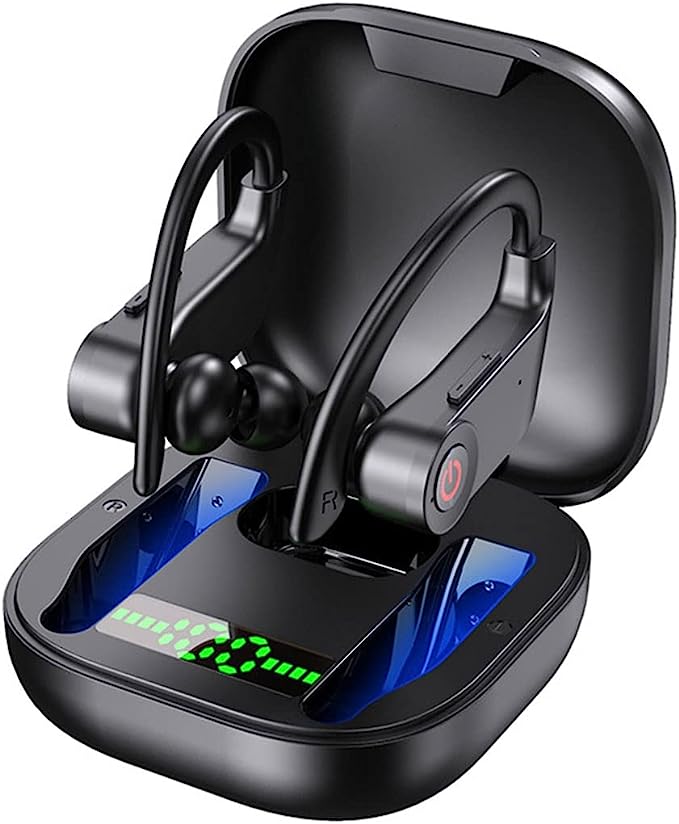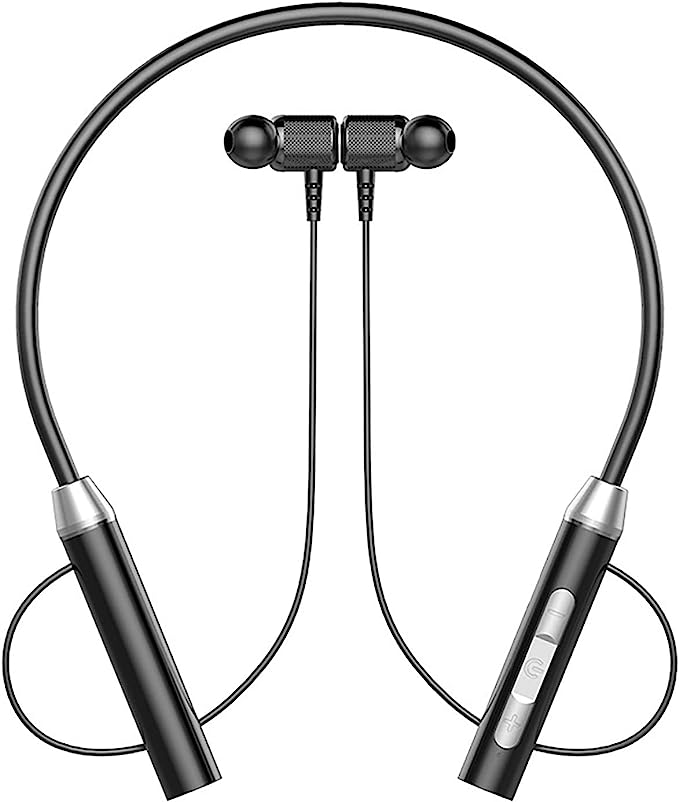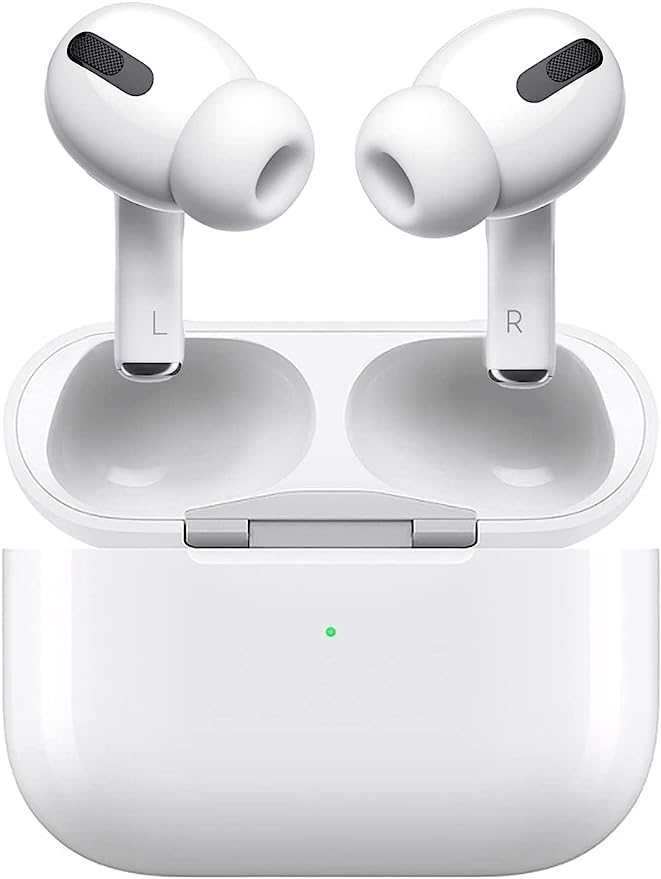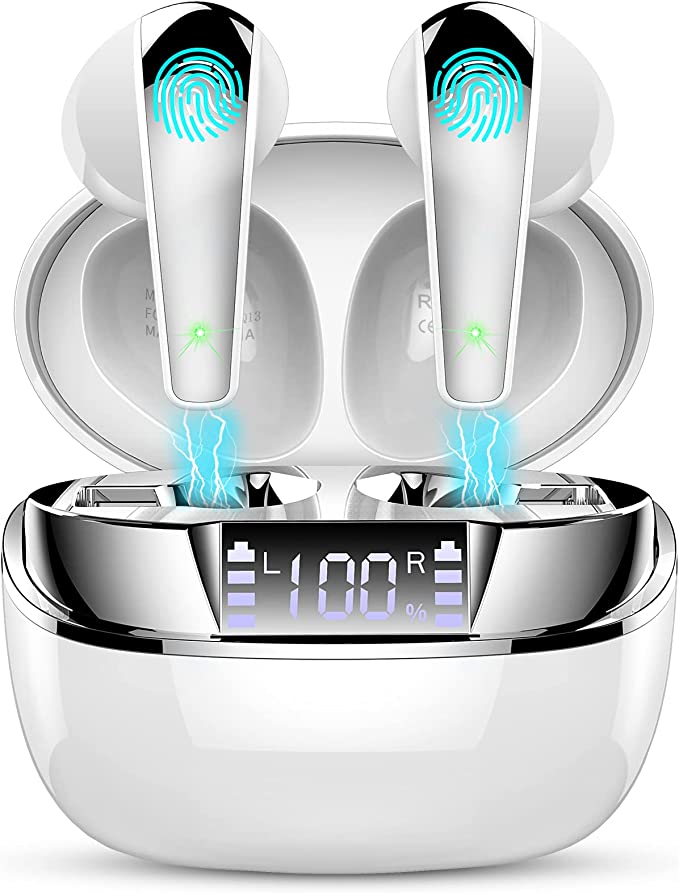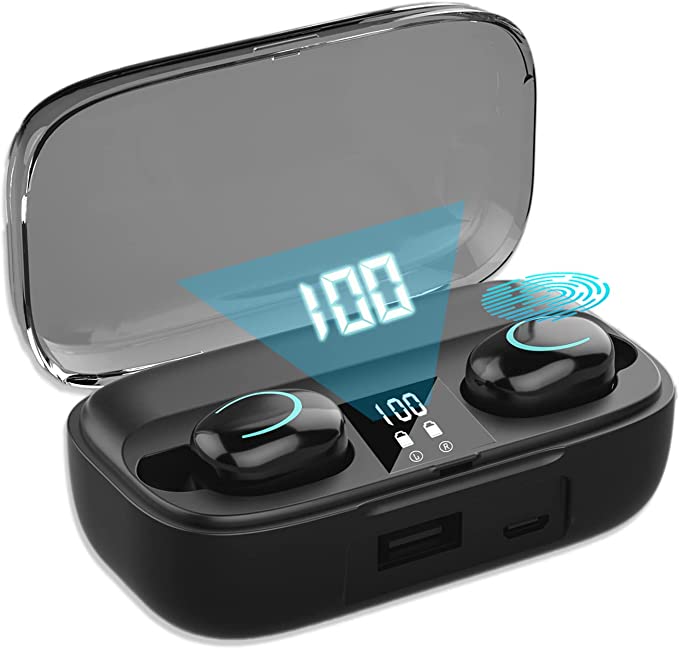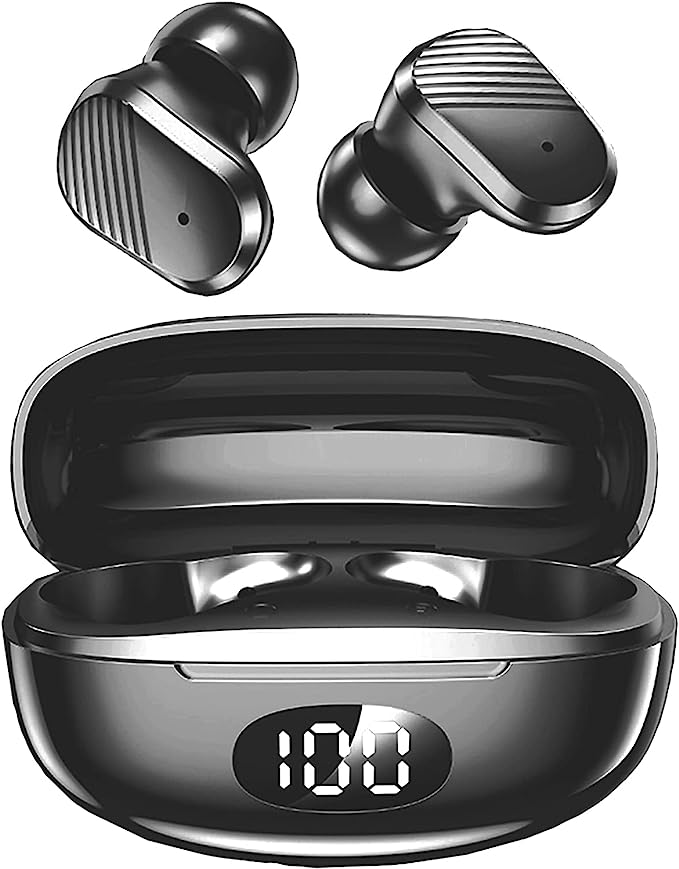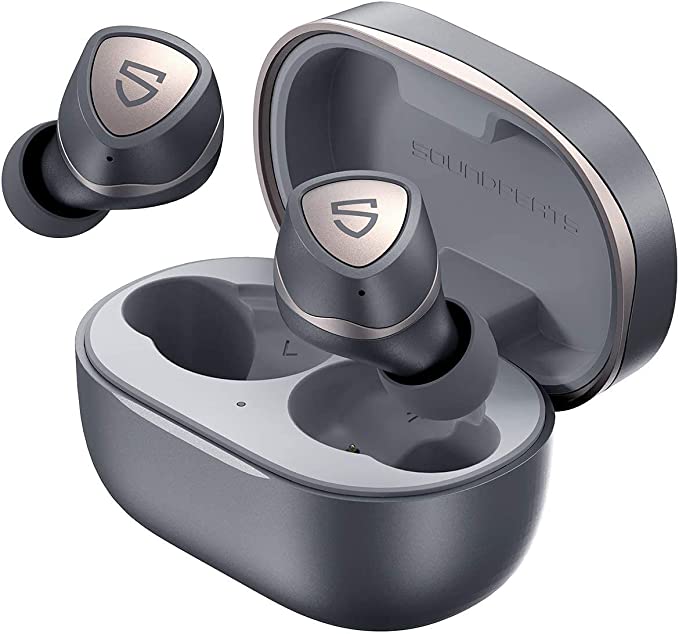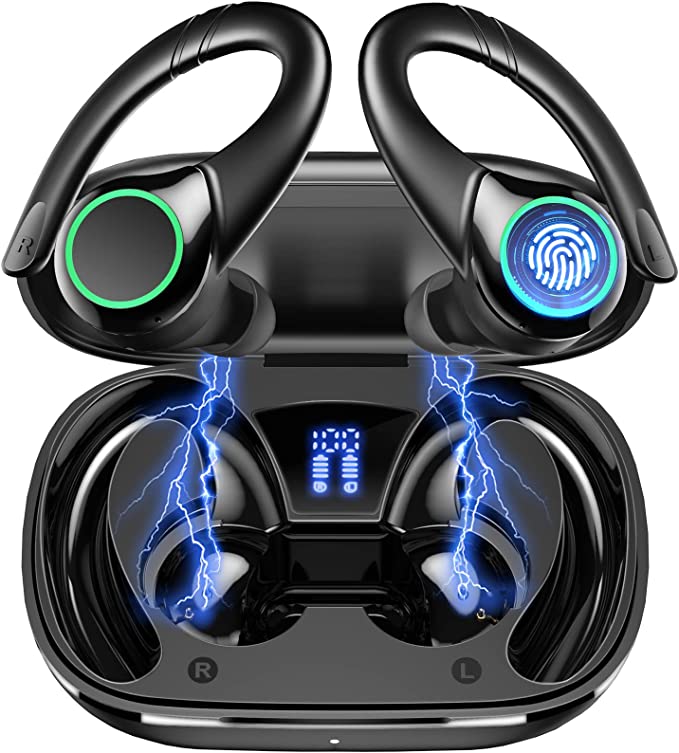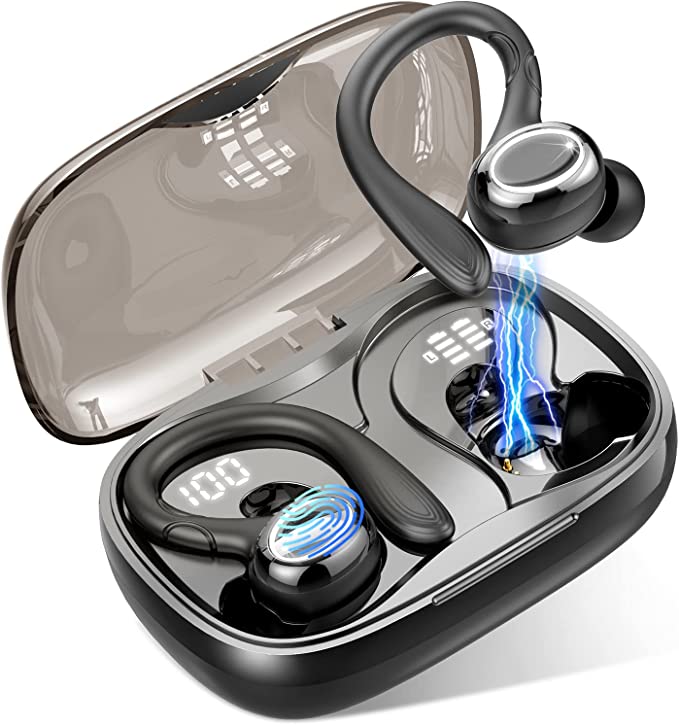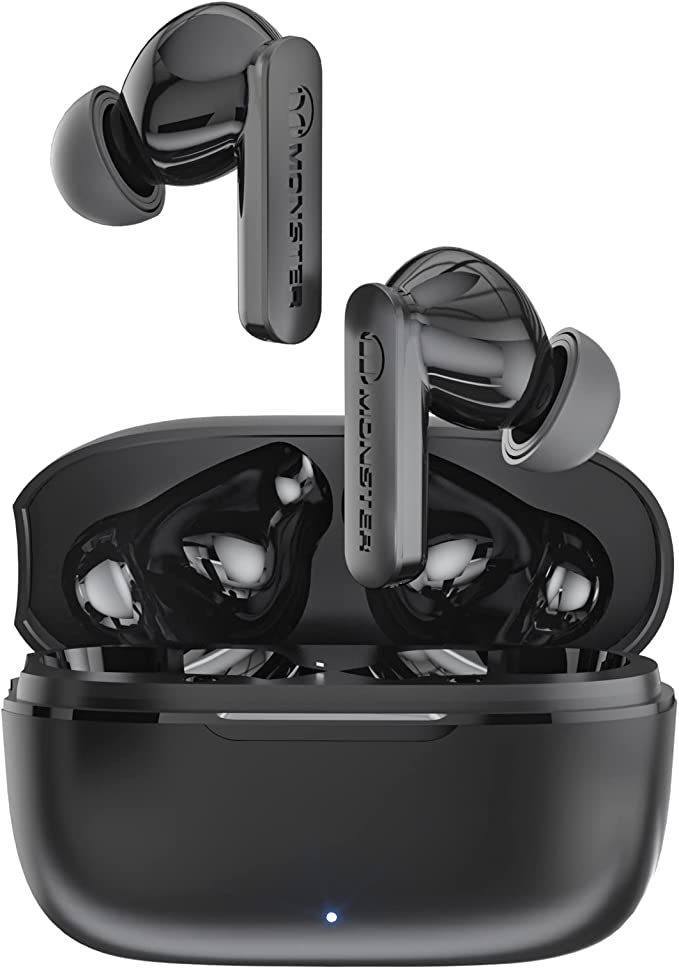Beyond the Spec Sheet: Decoding the Technology Inside Modern Budget Wireless Earbuds
Update on Nov. 22, 2025, 6:49 p.m.
The transition to a wire-free life has been swift and comprehensive. Walk down any busy street, glance around a gym, or peek into a coffee shop, and you will spot the tell-tale glint of plastic in ears everywhere. We have normalized the magic of streaming high-fidelity audio through the air, yet the technology that powers this experience remains largely opaque to the average user.
When shopping for affordable wireless audio, consumers are often bombarded with a flurry of acronyms and version numbers: Bluetooth 5.2, CVC 8.0, IP67. But what do these alphanumeric tags actually translate to in terms of user experience? To understand the current landscape of personal audio, it is instructive to look under the hood of a representative device. By examining the architecture of a model like the CWNOTBHY x10 True Wireless Earbuds, we can decode the science behind the specs and manage our expectations for the budget-friendly wireless market.
The Invisible Tether: Why Bluetooth Versions Matter
At the heart of every wireless headset lies the Bluetooth protocol. It is the invisible cable connecting your source device to your ears. In recent years, the industry has shifted from older standards to Bluetooth 5.0 and above, with version 5.2 becoming increasingly common in devices like the x10.
Why does this iteration matter? Bluetooth 5.2 is not merely about raw speed; it is fundamentally about efficiency and stability.
- Signal Robustness: Earlier Bluetooth versions were notorious for “dropouts” in crowded signal environments (like a busy subway car). Version 5.2 utilizes improved algorithms, such as LE Power Control, to maintain a stable handshake between devices while minimizing energy waste. For a device claiming a 15-meter (approx. 50ft) range, this protocol is what keeps the music playing even when your phone is in the next room.
- Instant Gratification: The “One Step Pairing” feature found in modern earbuds is a direct benefit of these protocol improvements. The goal is to reduce the “handshake” time—the negotiation phase between devices—to mere seconds.
However, physics still applies. While the spec sheet might promise flawless connectivity, real-world interference from Wi-Fi routers, microwaves, and physical obstructions (like the water content in the human body) can still challenge even the most advanced chips. Understanding this helps users optimize their setup—keeping the phone on the same side of the body as the primary earbud, for example, can often resolve minor hiccups.
The “Noise Cancellation” Confusion: CVC 8.0 vs. ANC
One of the most common misunderstandings in the audio market involves the term “Noise Cancelling.” Many budget-friendly devices, the CWNOTBHY x10 included, highlight CVC 8.0 Noise Cancelling. It is critical for consumers to distinguish this from Active Noise Cancellation (ANC).
- ANC (Active Noise Cancellation): This is for you, the listener. It uses microphones to listen to the world around you and generates “anti-noise” to silence jet engines or AC hums so you can hear your music better.
- CVC (Clear Voice Capture): This is for the person you are calling. CVC is a suite of algorithms designed to clean up your microphone input.
When a device lists CVC 8.0, it means it employs computational audio processing to filter out background noise—wind, traffic, chatter—from your voice transmission. It ensures that your voice remains intelligible to the recipient, even if you are calling from a noisy street corner. It does not silence the world for you. Understanding this distinction is vital to avoiding disappointment. If you buy a set of earbuds expecting a silent bubble for meditation, CVC won’t provide it. But if you need clear conference calls on the go, CVC is exactly the technology you need.
The Battery Equation: Capacity vs. Reality
Battery life claims are often the most contentious part of any tech product’s spec sheet. Manufacturers typically list the total potential playtime, combining the charge held in the earbuds with the reserve power in the carrying case.
Let’s break down the math using the x10 as an example. The spec sheet lists a 65mAh battery in each earbud and a massive 2000mAh battery in the case.
- The Earbuds: A 65mAh cell is tiny. While optimized chips can squeeze 4-6 hours of playtime from this under ideal laboratory conditions (usually at 50% volume), real-world usage—high volume, complex audio files, and varying distances from the phone—imposes a “tax” on power. It is not uncommon for heavy users to see real-world performance dip below the maximum advertised numbers.
- The Case as a Generator: The real innovation in this sector is the charging case. A 2000mAh capacity is substantial for this category. It functions as a dedicated power bank, theoretically capable of recharging the earbuds roughly 20 times.
This creates a usage pattern distinct from traditional headphones: the listening experience is punctuated by “micro-charges” every time the buds are returned to the case. For travelers or commuters, the total endurance (often cited as 100+ hours in such configurations) is the more relevant metric than the single-charge stamina. Furthermore, the utility of the case serving as an emergency power bank for a phone adds a layer of practicality to the device’s footprint.
Decoding Durability: The Science of IP67
For fitness enthusiasts, the “IP” rating is the most critical spec. IP stands for Ingress Protection. The rating consists of two digits; in the case of the IP67 rating seen on the x10, each number tells a specific story.
- The ‘6’ (Dust): This indicates the highest level of solid particle protection. The device is “dust tight,” meaning no dust can penetrate the casing to damage internal circuits.
- The ‘7’ (Water): This signifies that the device can withstand temporary immersion in water up to 1 meter deep for 30 minutes.
In practical terms, IP67 is a robust shield. It means the earbuds are impervious to sweat (which can be corrosive) and rain. You could technically drop them in a puddle or rinse them off under a tap without immediate failure. However, “waterproof” in the electronics world usually implies freshwater. Saltwater or chlorinated pool water can still degrade seals over time. Thus, while IP67 makes a device an excellent companion for a grueling, sweaty hike or a rainy commute, it isn’t necessarily a license for deep-sea diving.
The Verdict: Educated Expectations
When navigating the market for wireless audio, especially in the competitive budget tier, knowledge is your best asset. Devices like the CWNOTBHY x10 demonstrate how advanced features—robust Bluetooth 5.2 connectivity, intelligent voice isolation (CVC), and military-grade weatherproofing (IP67)—have trickled down to become accessible standards.
By understanding that CVC protects your calls (not your peace and quiet), that battery life varies with usage intensity, and that IP ratings have specific limits, you can make an informed choice that aligns perfectly with your lifestyle. The technology packed into these miniature enclosures is nothing short of remarkable; knowing how it works ensures you get the most out of every beat.
